Secret Gardens: The Barbican Conservatory
Posted by SECRET GARDENER
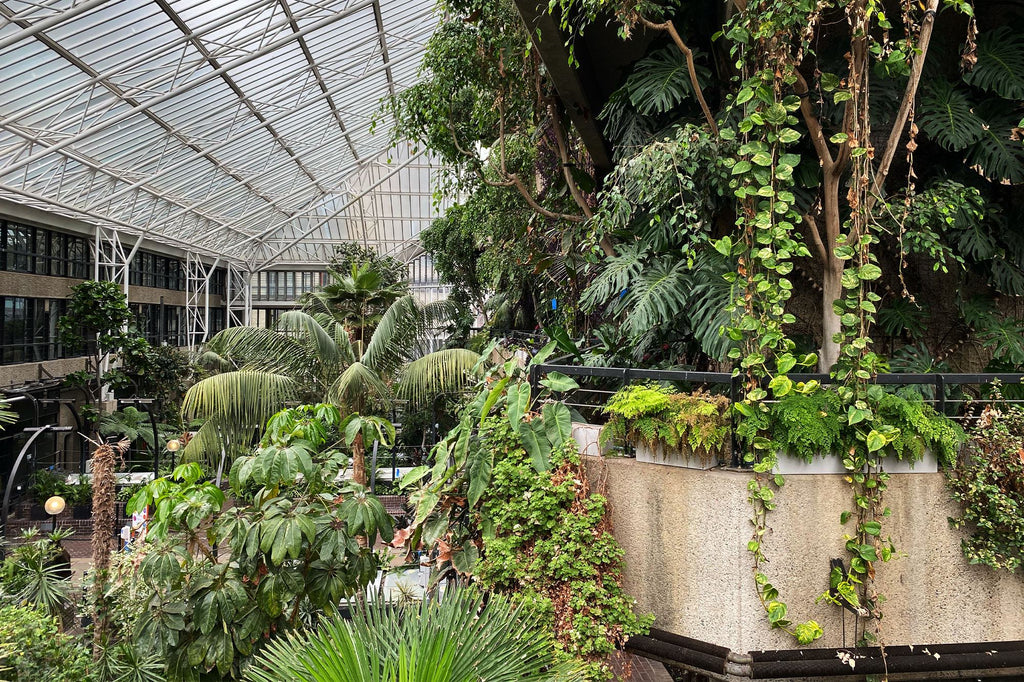
The Barbican Conservatory: London’s Secret Botanical Garden
In the heart of the grey streets of the City of London lies a secret botanic garden. The Barbican Conservatory is a tropical paradise and welcoming space of green and calm in an otherwise concrete jungle.
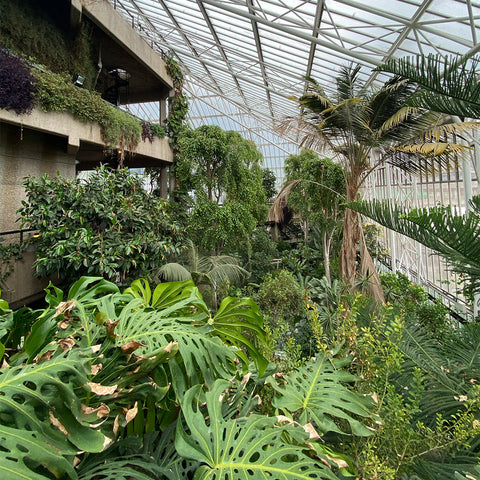 Above: inside the Barbican Conservatory
Above: inside the Barbican Conservatory
The Barbican Conservatory is the second biggest conservatory in London, with Kew Garden’s Princess of Wales Conservatory taking the top spot at 4,500 square metres in size.
The Barbican Centre’s History: London’s ugliest building
The Barbican Estate was constructed after the area experienced heavy bombing during the Blitz. The idea was to transform this ruined part of London, which was once a bustling commercial hub, into a utopian residential neighbourhood.
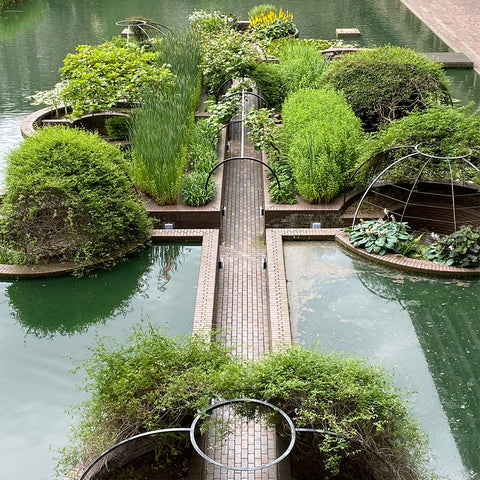 Above: the 'floating' garden walkways of the Barbican Estate
Above: the 'floating' garden walkways of the Barbican Estate
If you’ve ever visited the Barbican with its many grey walls and concrete facades (the textured concrete walls inside the centre were actually made by hand), you might understand why it has often topped the vote as London’s ugliest building.
Designed in the post-war Brutalist style by architects Chamberlin, Powell and Bon, it sits as one of the best examples of its kind, and one of the largest public arts spaces in Europe. The Brutalist structure of the National Theatre on London’s Southbank was once described by (King) Charles as ‘a nuclear power station’ – so it’s safe to say these concrete buildings are not winning any prizes for visual beauty.
 Above: a view of the residential part of the Barbican Estate through the window of the conservatory
Above: a view of the residential part of the Barbican Estate through the window of the conservatory
In fact, the Barbican Centre’s theatre fly tower was deemed such an eyesore that the Barbican Conservatory was originally designed to hide it. Planting began in March 1980, and today the conservatory is home to over 1,500 species of plants and trees.
Inside the Barbican Conservatory
The planting inside the Barbican Conservatory is a mixture of temperate and arid tropical plants from around the world, including some rare and endangered species.
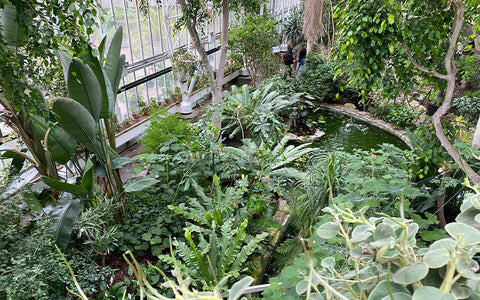 Above: a view from above
Above: a view from above
Not to be missed is the Arid House, with its large collection of cacti and succulents, tucked away upstairs in the Conservatory.
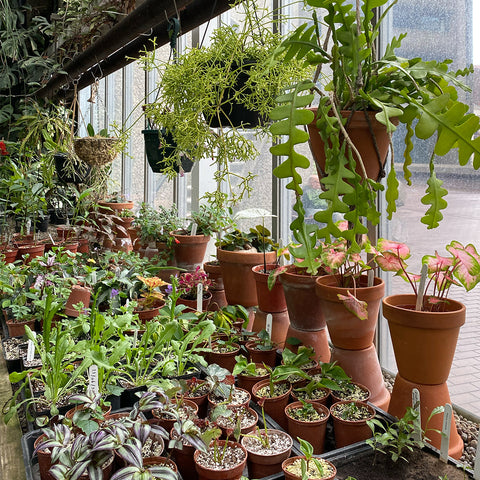 Above: Plant Propagation – cuttings of plants in the Barbican Conservatory being grown by the gardeners
Above: Plant Propagation – cuttings of plants in the Barbican Conservatory being grown by the gardeners
The Terrapins of the Barbican Conservatory
Terrapins in the ponds were actually brought to the Barbican Conservatory after terrorising the local wildlife in Hampstead Heath! From their rise in popularity in the 1990s as household pets (after the Teenage Mutant Ninja Turtle film), families realised they had bitten off more than they could chew once their new snapping pets had grown up, and many were released into the wild on Hampstead Heath.
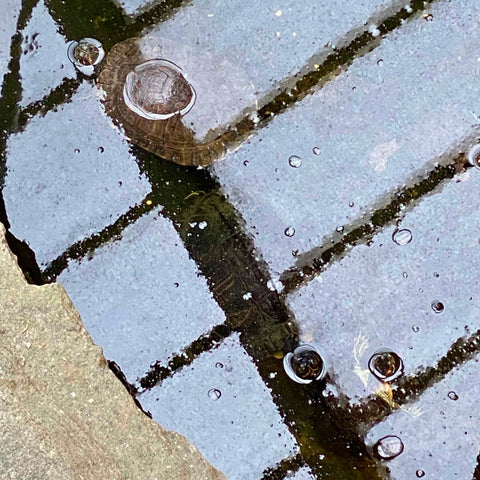 Above: the gang of terrapins in the Barbican Conservatory take a swim
Above: the gang of terrapins in the Barbican Conservatory take a swim
How to get to the Barbican Conservatory
Barbican Centre, Silk Street, London, EC2Y 8DS
Travel: The closest tube station is Barbican Underground, with Moorgate, Farringdon and St Paul’s a short walk away. The Barbican Conservatory is situated in the Barbican Centre, on Level 3; you can take the lift inside the centre.
Entry: Free, but pre-booked timeslots are required for entry (slots are released on Thursdays at 10am, with a few tickets reserved for purchase on the day online)
Opening times: Selected days of the week from midday. Afternoon tea is served in the Barbican Conservatory on selected Sundays.
Visit the Barbican website for up to date information on opening times, and to book entry slots.

